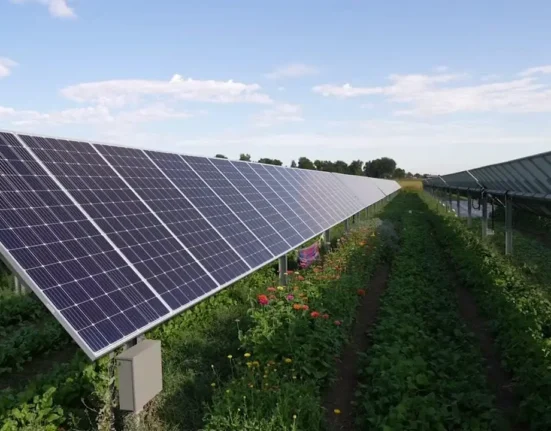At the beginning of 2024, China embarked on a groundbreaking initiative with the introduction of “capacity payments” aimed at revamping coal-fired power stations. The goal was to facilitate their transition into a supportive role alongside low-carbon energy sources. This move was a significant step towards addressing the dual challenge of maintaining grid stability while reducing carbon emissions in the power sector.
In theory, these capacity payments were designed to make it economically feasible for coal plants to operate less frequently, switching off when renewable energy sources like wind and solar are sufficient. However, an analysis by Global Energy Monitor (GEM) revealed that despite funneling billions of yuan into the pockets of coal plant owners during its inaugural year, there was little evidence to suggest a decrease in operational hours for these plants.
The implementation of this mechanism raised concerns about its effectiveness in promoting renewable energy growth and aligning with China’s broader energy transition objectives. Instead of incentivizing operators to reduce emissions and operational hours, the loose eligibility criteria may inadvertently prolong the lifespan of coal plants.
Han Xue, an associate researcher at China Development Research Centre of the State Council, explained that these payments were intended to help cover fixed operating costs during periods when coal plants’ output is low due to high renewable generation. The aim was also to ensure their availability during peak demand periods. The payment levels were set based on a benchmark coal plant’s total fixed costs determined by the National Development and Reform Commission (NDRC).
However, critics argued that this policy might encourage older coal plants to remain operational and contribute to continued construction projects rather than facilitating a smooth transition towards cleaner energy sources like renewables or nuclear power. These observations raised questions about whether this approach truly supports China’s long-term climate goals.
Lauri Myllyvirta from the Centre for Research on Energy and Clean Air highlighted regional disparities in China’s power mix from 2020 to 2024. He noted that while some provinces made strides in integrating clean energy solutions, others lagged due to varying factors such as available resources and investment priorities.
Despite being implemented in only 12 provinces so far, capacity payments exceeded expectations totaling over 100 billion yuan nationally in 2024 alone. This indicates substantial financial support provided to coal plant owners under this scheme. However, transparency issues persist as most provinces apply eligibility criteria differently.
By cross-referencing provincial recipient lists with data from the Global Coal Plant Tracker (GCPT), it was found that a vast majority of each province’s coal capacity was eligible for payments under this scheme despite certain exclusion criteria specified by NDRC guidelines.
The ambiguity surrounding the implementation process calls for clearer eligibility criteria and greater transparency moving forward. Adjustments could include expanding support beyond coal plants to encompass alternative resources like energy storage or demand response systems—enhancing system flexibility while promoting sustainable energy transitions nationwide.
As China navigates its complex energy landscape amid global efforts towards decarbonization, initiatives like these ‘capacity payments’ illustrate proactive steps toward balancing economic interests with environmental sustainability—a delicate dance poised at shaping the future trajectory of China’s energy sector.









Leave feedback about this